For many visitors, the colours of Portugal are the cerulean crashing waves of the Atlantic Ocean and golden-hued swathes of sand. But for me, Portugal’s colour palette is olive green carpeted interiors, vivid oranges in scented citrus groves, and ruby red grapes dangling from vines. The best way to see this other side of my adopted home? Strapping on your comfiest boots and hitting one of the country’s best multi-day hiking trails.
Not that you need to stick solely to the coast or hinterlands; many of Portugal’s best routes track both. Whether you’re seeking spirituality, shorelines and shepherd tracks on one of the many Camino de Santiago routes, hopping between vineyards on a reimagined, retired train line, or hoping to see vestiges of the past in stuck-in-time southern villages, these are five of my favourite multi-day walking routes in Portugal.
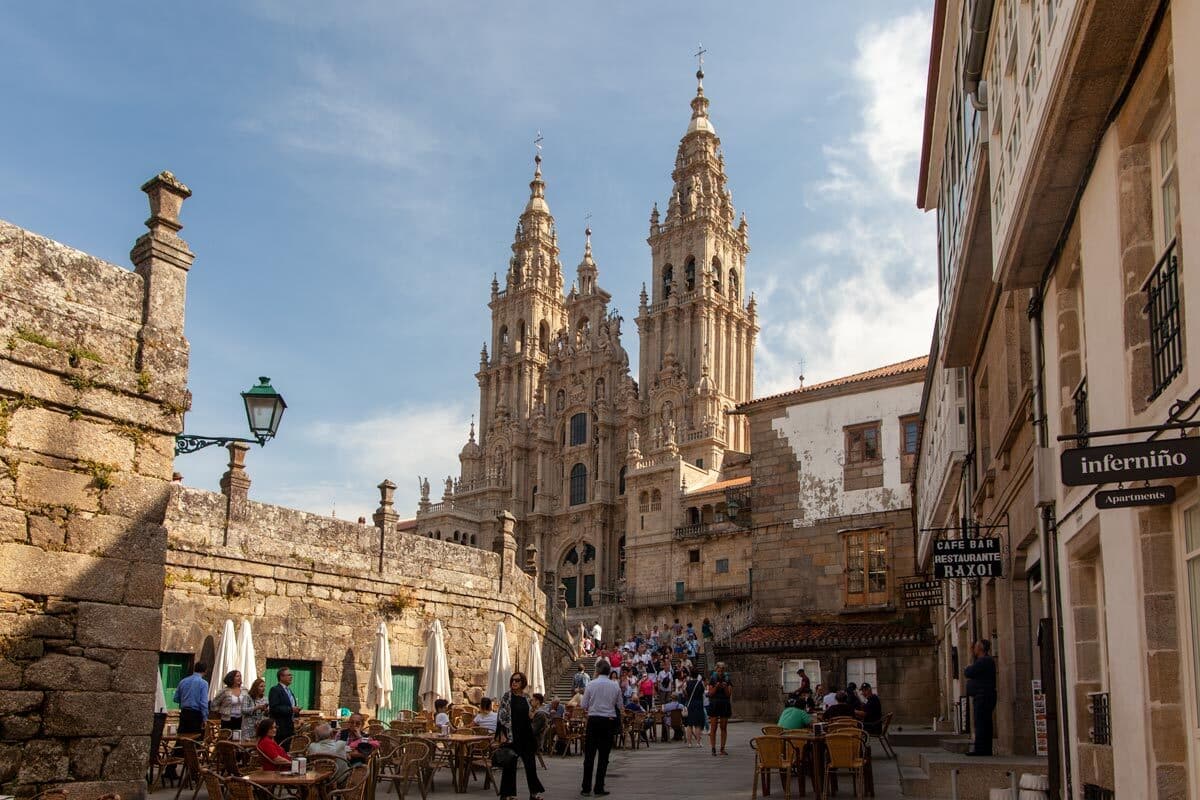

Portuguese Camino de Santiago
There’s a Camino de Santiago for all, and while most of the more famous routes begin in Spain or France, Portugal’s alternative ways are starting to get the attention they deserve. This over one thousand-year-old pilgrimage is a rite of passage for thousands of people each year. And while all routes lead to Santiago de Compostela, where the relics of Saint James and the world-famous cathedral await, you don’t need to seek anything spiritual to enjoy the journey or the landscapes en route.


While there are plenty of versions to choose from, including more intense tracks all the way from Lisbon, one of the best two-week trails you can take in Portugal is the Portuguese Camino Coastal Route from Porto. Covering a distance of around 280 kilometres, the Camino Portuguese is typically broken down into two one-week stretches, from Porto to Baiona and then onwards to Spain’s Santiago de Compostela.
Fishing villages, often wind-beaten beaches, pine-clad shepherd tracks, and plenty of sacred sites, such as Viana do Castelo’s hill-top Santa Luzia Sanctuary and Ponte Sampaio’s historic Santa Maria church. Yet this trail is as much about the memories and the people you meet, especially those you share stories and a cold beer with each night. No matter whether you want to walk in solitude or join a guided tour, you can be sure you’ll have made very real connections, as well as spiritual ones, by the time you reach the Cathedral of Santiago de Compostela.
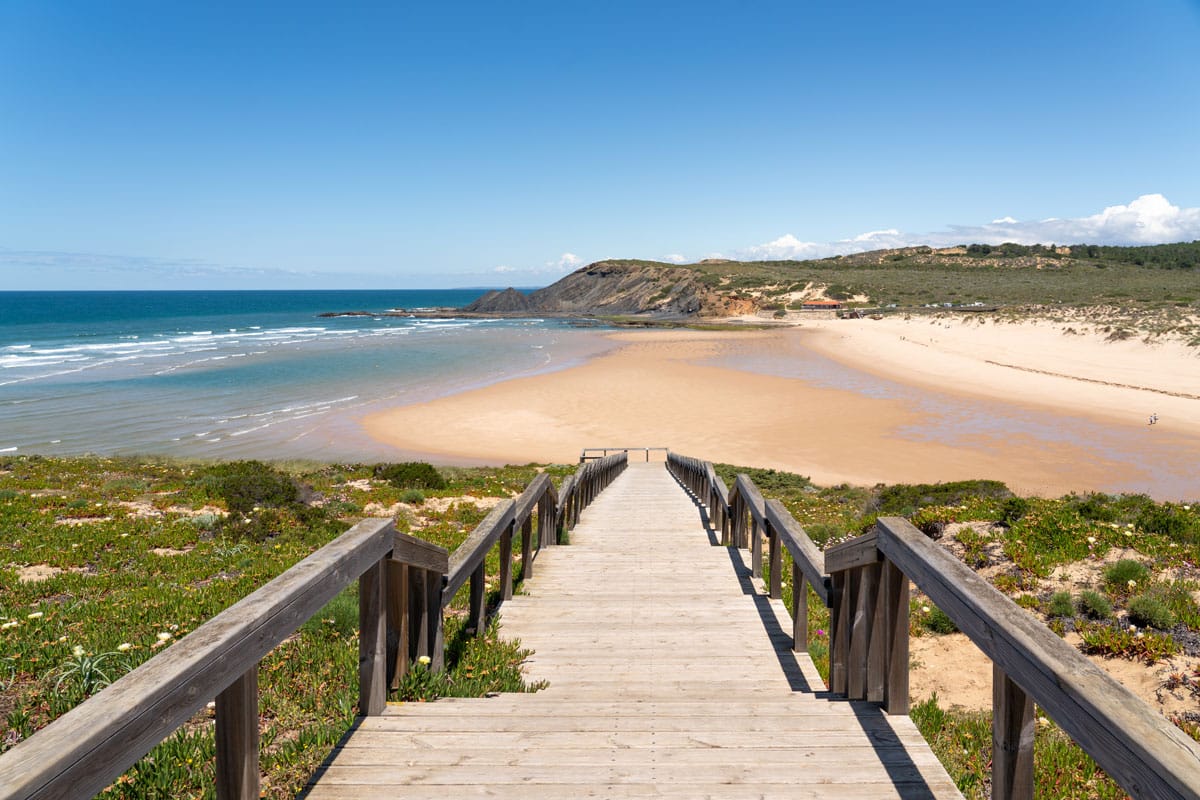

Fishermen’s Trail
Portugal’s southernmost Algarve region might be best known for sun and sand holidays in resort towns. But head to the West Coast (my favourite) and you’ll encounter a very different Algarve. The Rota Vicentina, consisting of two long-distance Portuguese trails covering either the coast or interior, stretches beyond the Algarve and into the Alentejo region, covering the entire length of the Sudoeste Alentejano e Costa Vicentina Nature Park.
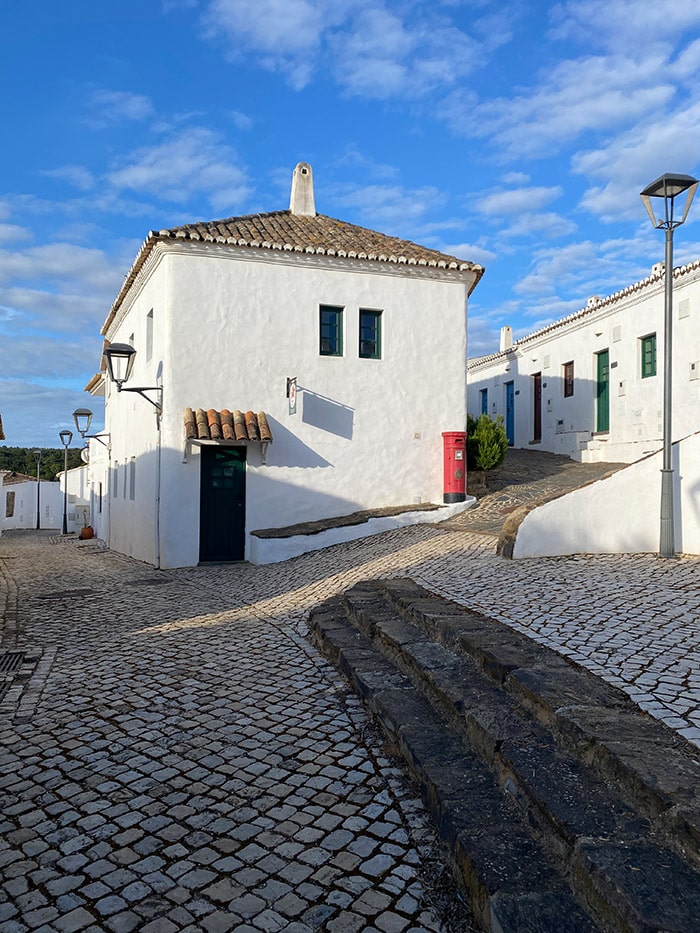

This glorious protected area of cliff-backed bays, surf-primed shorelines, rampant wildflowers and narrow tracks leading to incredible viewpoints before returning down to sometimes hard-to-access coves is one of Portugal’s best natural parks. With a sea breeze to carry you on, camera-friendly moments in abundance, and plenty of opportunities to paddle into the lapping, refreshing Atlantic waters, it’s a true get-away-from-it-all park where the occasional whitewashed settlement or artisan workshops such as palm weaving add a little culture to the two-week walking routes. While I love that the Historical Way brings you to some truly timeless villages where traditions are still thriving, the coastal Fishermen’s Trail (Trilho dos Pescadores) is one of Portugal’s best multi-day hikes and the one I would recommend for first-timers visiting the park.
Most people will start on the Alentejo side in São Torpes just south of Sines and follow the 200-kilometre route all the way to Burgau, where the park ends. Then, it’s a final leg or two (they can be combined) before you’ll reach the ending point of Lagos, where plenty of cold beers and foot-resting beach time await. Some of the standout moments for me on the way down the coast include the paradisiacal Praia da Samoqueira (the Alentejo one, not the Algarve’s), the river-meets-ocean sandy curve in Odeceixe, getting atop the cliffs near Castalejo with views of paragliders and the never-ending coast, and relishing the chance to overnight in the restored village of Pedralva, now a diffused hotel. The lighthouse of Cabo de São Vicente, mainland Europe’s most southwesterly point, is another highlight. Just be warned, the stretches of walking along the sands can be tiresome, and you might want to factor in a beach rest day or two.


Dão Ecopista
In often overlooked Central Portugal, the Dão Wine region is barely known internationally, unlike the much more famous Douro producers to the north. But that’s what makes this relatively short two or three-day walking route, covering around 50 kilometres through the historical Beiras region, so tempting. Tracing the retired and reimagined Linha do Dão rail track, this route weaves through vineyards along rivers and has a handful of converted train stations offering places to stay or get a snack on the way.


Starting in Viseu and ending in Santa Comba Dão, the trail is serene, especially once you’ve left Viseu’s urban limits behind. The landscapes shift from forests and olive groves to vineyards, mountains and then the Dão River. Although there isn’t much shade to be found on the trail itself, there are opportunities to take slight detours to picnic under oaks or dip your feet at unofficial river beaches.
While you could cycle the stretch in one fast-paced day, I’d personally recommend taking a couple of days to complete the ecopista, even if on a bike – though tackling it as a walking route is just as pleasant. This way, you can plan your trip around pauses, such as a wine visit at Ninho D’Arara, where you could also stay overnight and have a little extra time around pretty Santa Comba Dão at the end. It’s the perfect warm-up to explore more of the Beira’s epic multi-day hiking trails, especially those in the Serra da Estrela park, where the lofty peaks often receive a coat of snow in winter. Yes, you really can ski in Portugal!
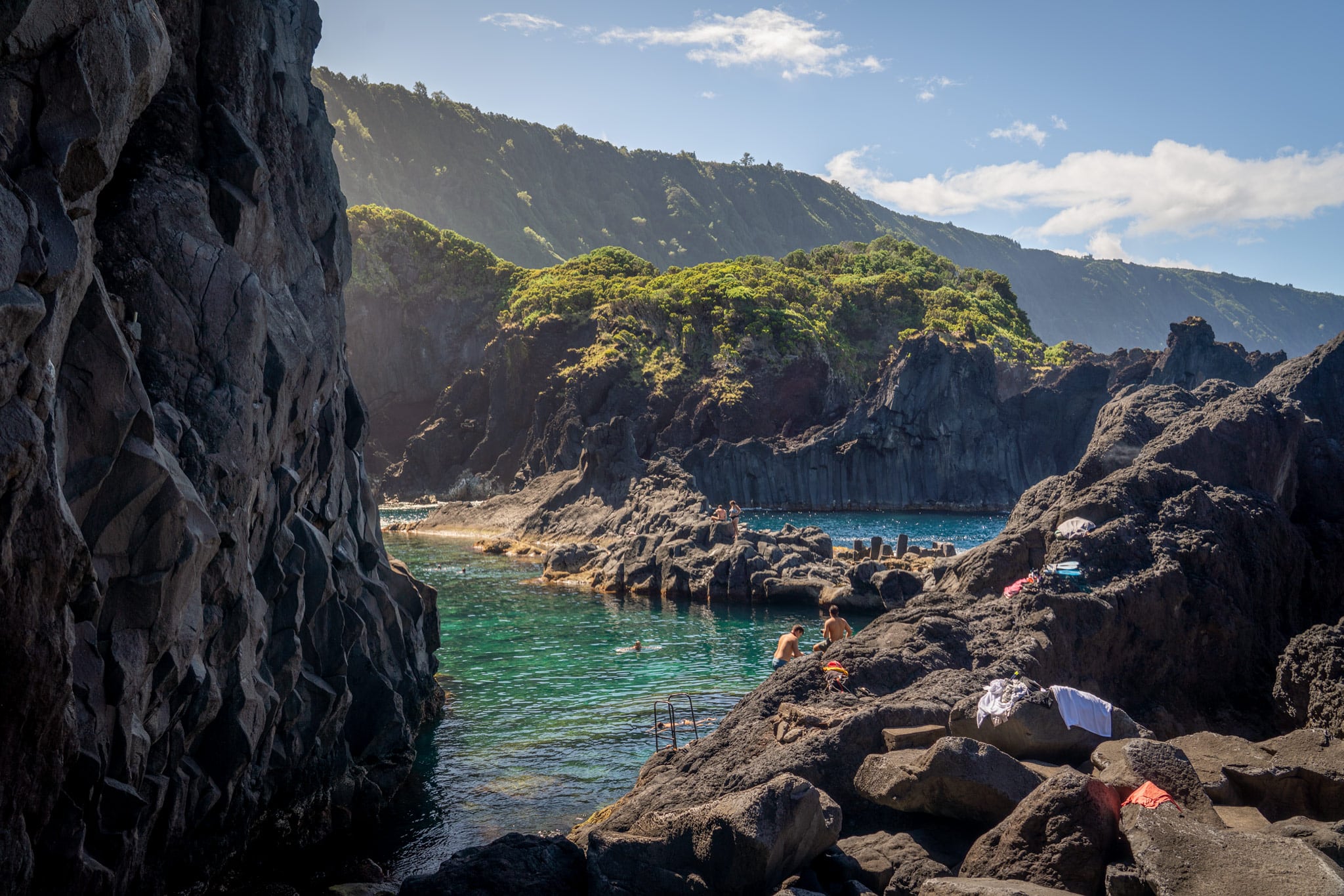

Grand Route of São Jorge
When it comes to cinematic and dramatic hiking landscapes, mainland Portugal has nothing on the Azores. These nine volcanic islands are brimming with hydrangea-lined trails, ocean-spilling fajãs (lava spills), and an endless patchwork of pastures, volcanic cones and underground lava tunnels. It’s one of the most epic, relaxing, adventure-ripe contradictions of a place I’ve ever been to. And with the cerulean waters of the Atlantic, often with whales breaching, as a backdrop, it’s hard to convey just how good for the soul hiking in the Azores can be.


All across the Azores archipelago, you’ll find unforgettable trails. From short, circular loops around dormant volcanoes to summiting Portugal’s highest peak in Pico. However, for me, no island can come close to São Jorge for dramatic and splendid multi-day trails. Slender, soaring and clad in dense greenery, São Jorge is home to some of the Azores’ more challenging trails. But even if you can’t face crossing the whole island, the one-day hike from Topo to Faja dos Cubres shouldn’t be missed, descending from the often cloud-hugged ridge along a well-beaten path towards ocean dips and flower-fringed lookout points.
However, for those fancying a challenge, the two stages of São Jorge’s Grand Route – which totals over 90 kilometres, should be broken into at least four days, if not longer to linger where possible – will take you across much of the island. Far from the modern world, you’ll have the chance to see one of Europe’s only commercial coffee producers, meet the island’s famous cows who produce Portugal’s best dairy products, descend to natural pools carved into the ocean-meeting lava and take in epic panoramas across the neighbouring “triangle islands” of Pico and Faial. When it comes to multi-day trails in Portugal, they aren’t much more grandiose than this.
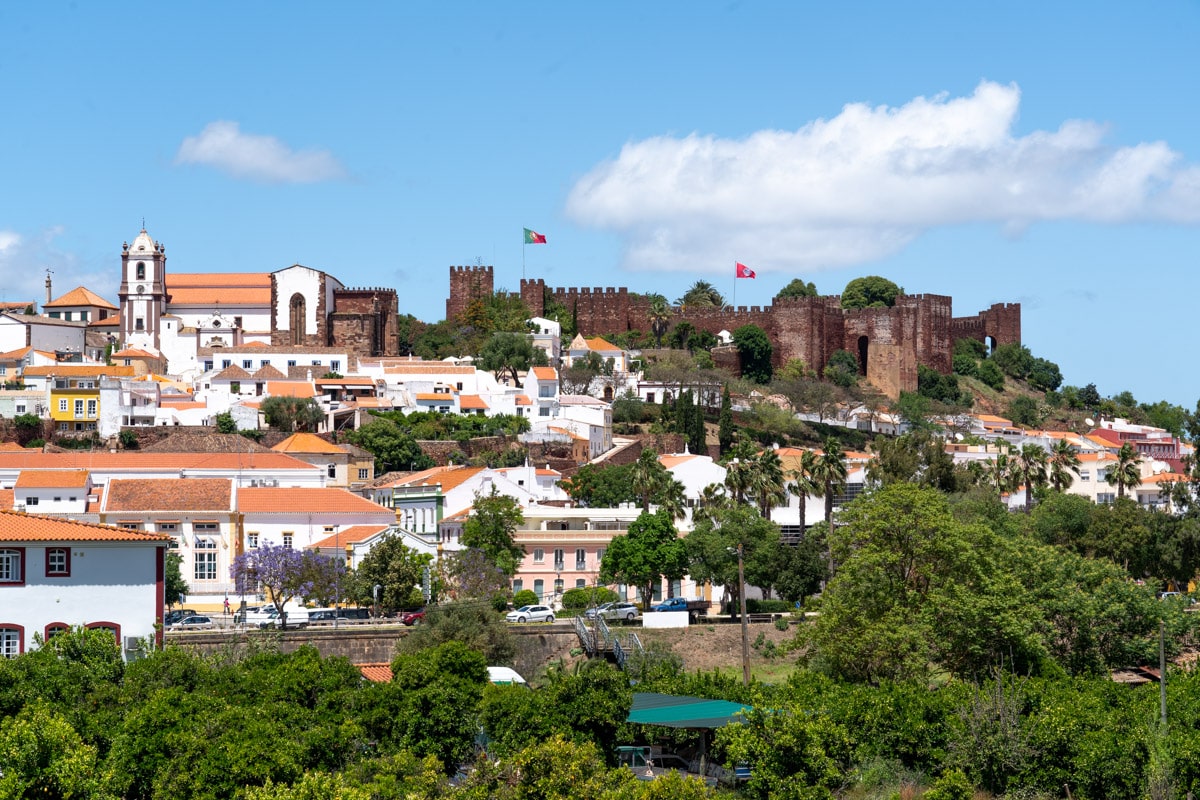

Via Algarviana
For a peek into some of the hidden gems of the Algarve’s interior, the Via Algarviana is your perfect ticket. Just don’t tackle this trail at the height of summer; plan for a wildflower-hemmed spring adventure or an autumnal trip. Covering a distance of 300 kilometres in 14 stages, this route is moderate, with some intense climbs at points, but the rewards are plentiful. For the most part, the long-distance trail avoids the coast until the final stages and begins in the Algarve’s most northwestern village of Alcoutim. Plan your visit for the every-two-year smuggling festival in April, and you’ll even be able to cross a floating bridge in Spain.


Highlights of the trail after Alcoutim includes the peaceful and still offbeat villages of Cachopo, Alte and firewater-producing Marmelete. On the way, you’ll truly see a very different Algarve, from the historic conical-roofed homes of Mealha to the various ancient Menhirs and Dolmens that dot the interior. Traversing the mountains and the barracoal, you’ll also spot and likely share conversations with farmers, almond growers, winemakers, and those tending their citrus groves or herds of sheep. For the easterly first half, accommodation is scarce and should be booked in advance at local guest houses as wild camping is restricted in Portugal, but many small towns en route have public showers, toilets, and small cages.
If you don’t fancy doing the full Via Algarviana, joining the trail mid-way is easy. Some of the most impressive scenery can be found on the mountain-climbing stretch from the Moorish town of Silves onward, especially as the following legs head into the Serra de Monchique’s mountain range. After that, it’s mainly downhill as the final legs of the trailhead towards the coast, ending at the Cabo de São Vicente lighthouse, where your reward is endless ocean views and a couple of chilled Sagres beers.







